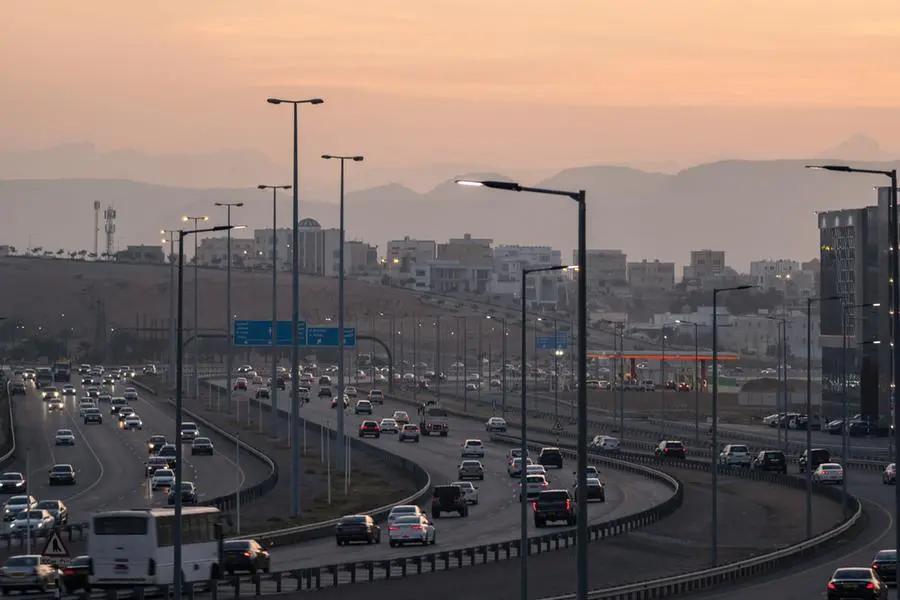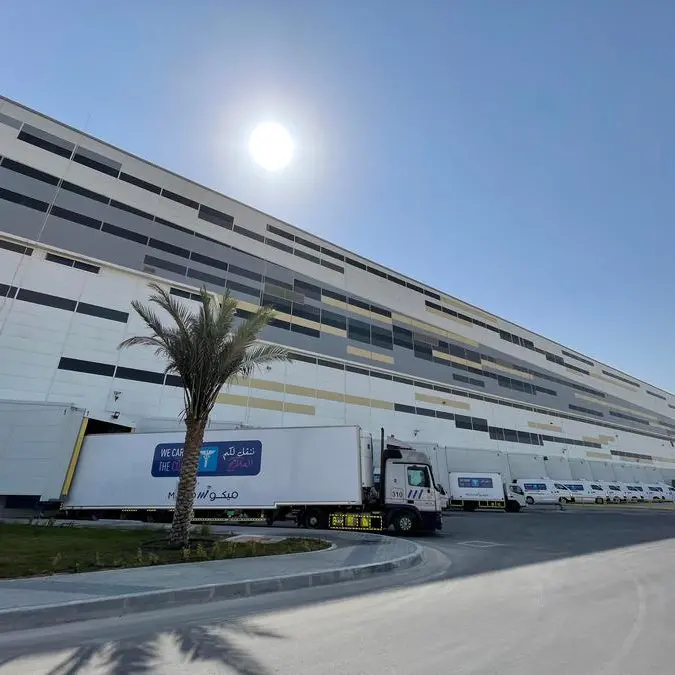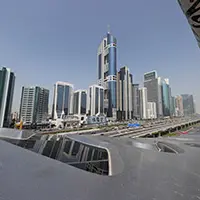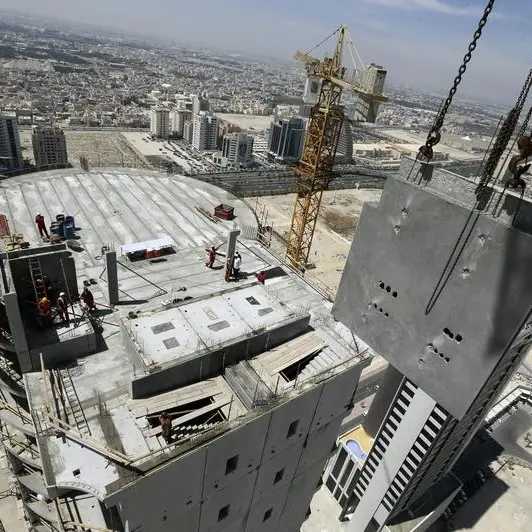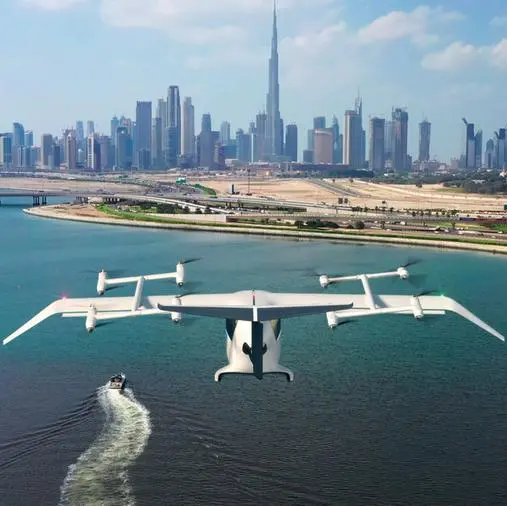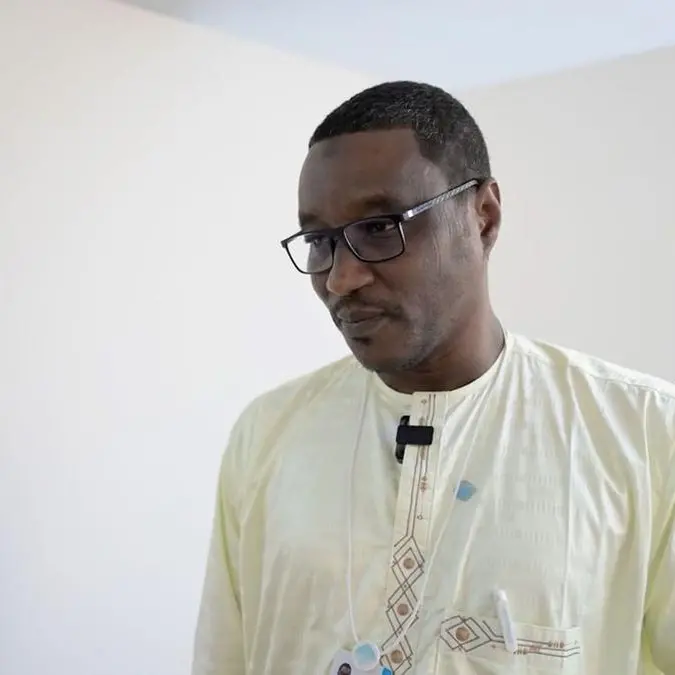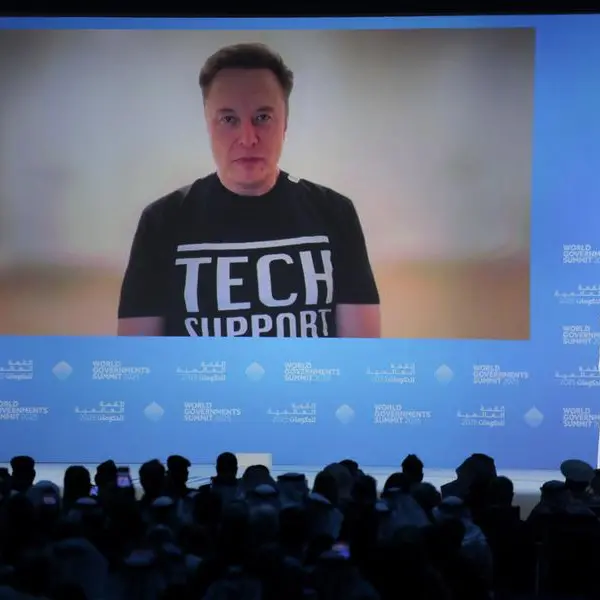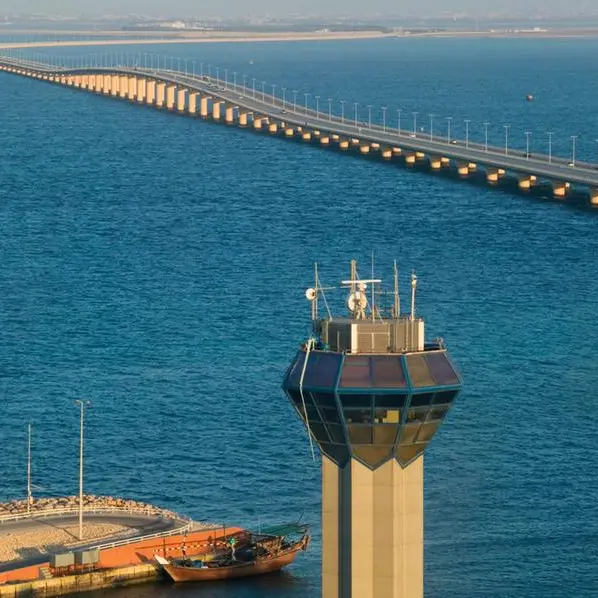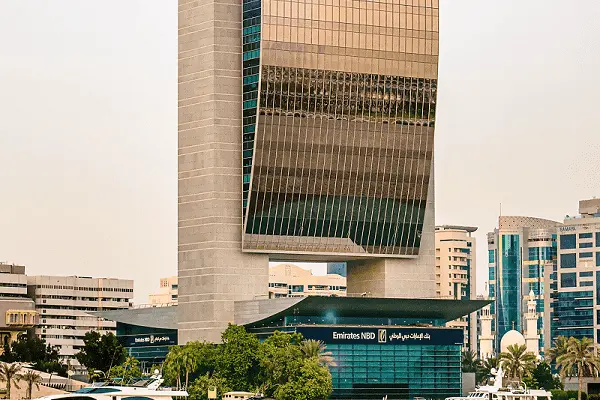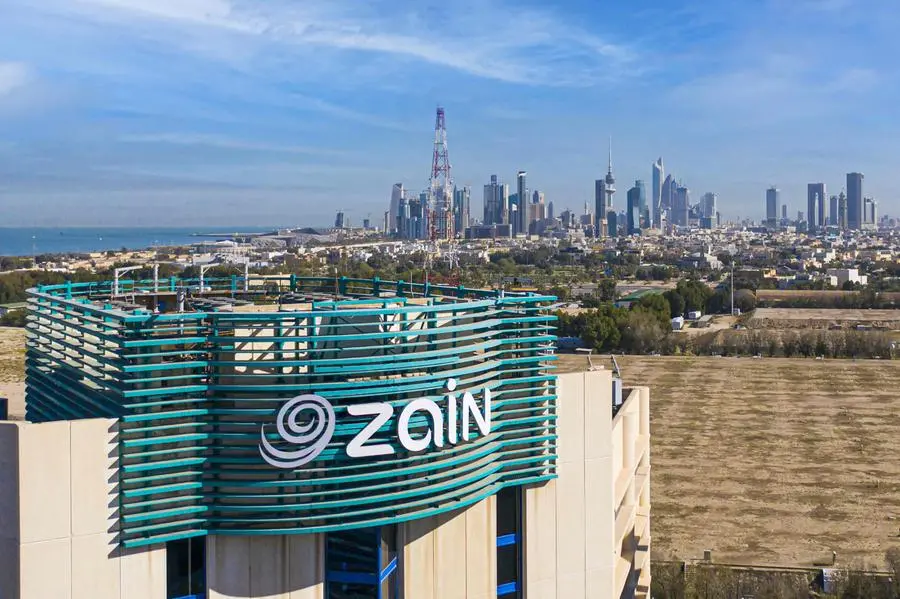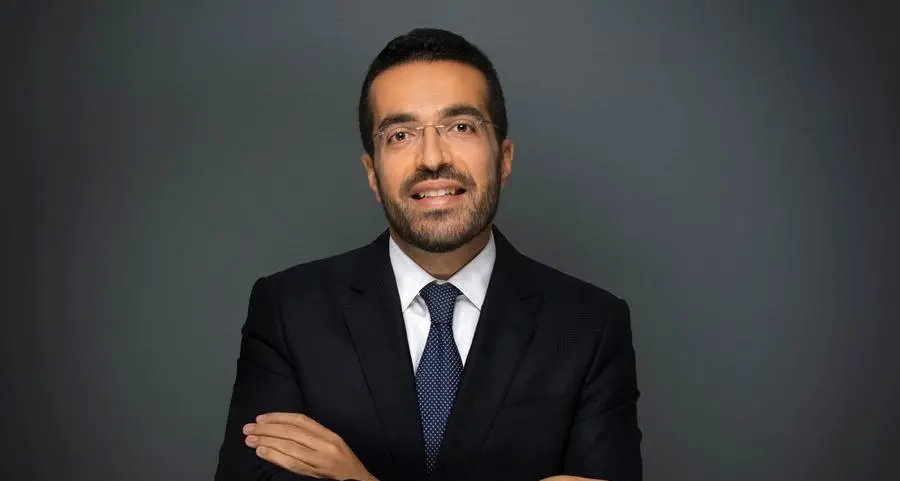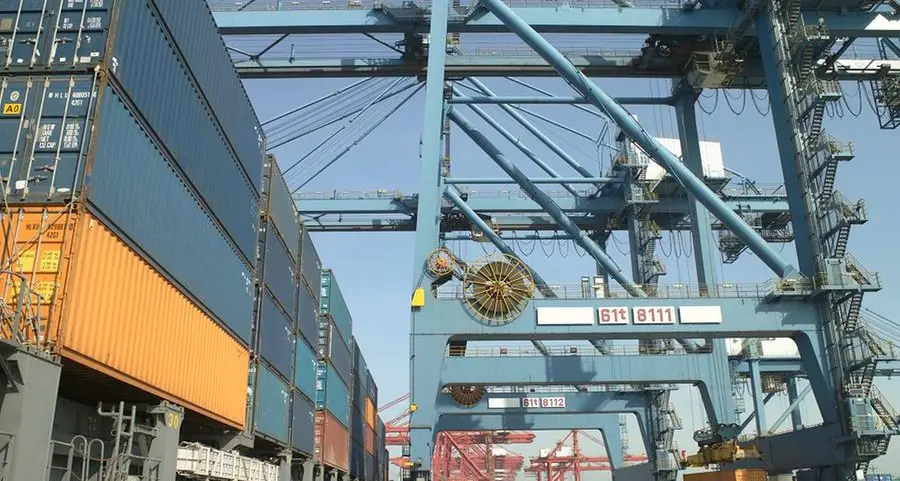PHOTO
Traffic at sunset on Muscat highways in Oman capital city. Image used for illustrative purpose Getty Images
A shift away from car-centric urban planning, coupled with a greater emphasis on public modes of transportation, are among key policy directions at the heart of the Greater Muscat Structure Plan (GMSP) currently under development by Oman’s Ministry of Housing and Urban Planning. Indeed, by 2040, the Plan will ensure that more than 1.1 million jobs will be within walking distance of a public transport stop, say experts associated with the landmark initiative.
Leading Italian mobility and transportation specialist MIC-HUB has been tapped to develop mobility strategies as part of the Greater Muscat Structure Plan, currently being undertaken by a multidisciplinary team led by F&M Middle East Engineering Consultancy and Broadway Malyan, a UK-based global urbanism practice.
According to Milan-based MIC-HUB, the GMSP strategy seeks to address, among other urban planning challenges, the capital city’s unsustainable dependence on private vehicles for transportation. Daily motorized journeys, which averaged 3.7 million in 2022, are projected to nearly double to 6.2 million by 2040, unless effective mobility solutions are implemented, it warned in a recent post.
“The aim of the GMSP (spanning the 2022 – 2040 timeframe) is to provide a more focused spatial development strategy for the metropolitan region. This interdisciplinary project has evolved from the National and Regional spatial strategies to focus on how the largest city of Oman can solve key challenges and create a more sustainable and liveable future for its inhabitants,” the mobility solutions specialist pointed out.
“Population growth, urban sprawl and a high degree of car dependency contribute towards increasing challenges for everyday urban mobility, where transportation infrastructure becomes a bottleneck of social and economic life within the whole area,” it stated.
To address mobility-related challenges, the Greater Muscat Plan espouses five key policy directions: Promoting public transport; Improving network access; Enhancing cargo logistics; Supporting soft mobility; and Leveraging transport technology.
According to MIC-HUB, public transportation services – anticipated to cover 80 per cent of the population by 2040 - will contribute to a more productive economy. Citing its study, it noted that more than 1.1 million jobs will be located within a short walking distance of a public transport stop by 2040, once the Greater Muscat Plan is fully implemented.
Furthermore, in a bid to bolster network access to inhabitants of the capital city, more than 900 kilometres of the estimated 1,431 kilometres of new proposed road projects will be designed for modes of transport other than cars.
Additionally, in line with a policy direction to enhance cargo accessibility across the city, a system of logistics corridors and hubs is proposed with the ultimate goal of ‘greening’ the Muscat’s logistics infrastructure. At the same time, access to major gateways and industrial areas will be guaranteed under this policy direction.
Crucially, the Greater Muscat Plan champions the adoption of soft mobility modes, chiefly walking and cycling, particularly as 5 per cent of all trips in the future will be under 1km and 24 per cent under 5 km.
Finally, the Plan envisions the establishment of a high-tech Traffic Control Centre in support of its Policy Direction on the exploitation of transport technology. The centre will enable the rollout of Mobility-as-a-Service (MaaS) and Logistics-as-a-Service (LaaS) – both cutting edge technologies – across the city.
© All right reserved for Oman Establishment for Press, Publication and Advertising (OEPPA) Provided by SyndiGate Media Inc. (Syndigate.info).
